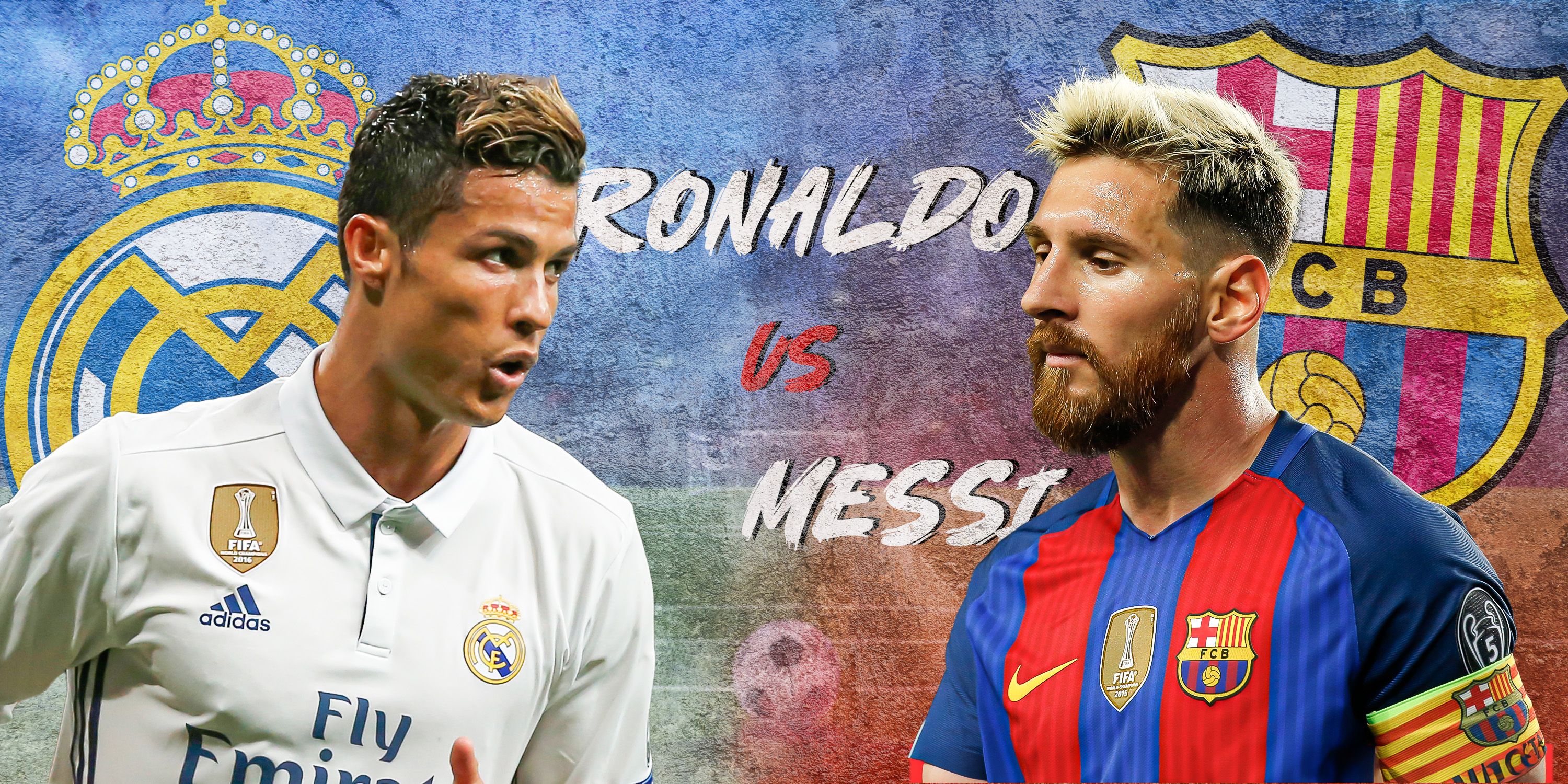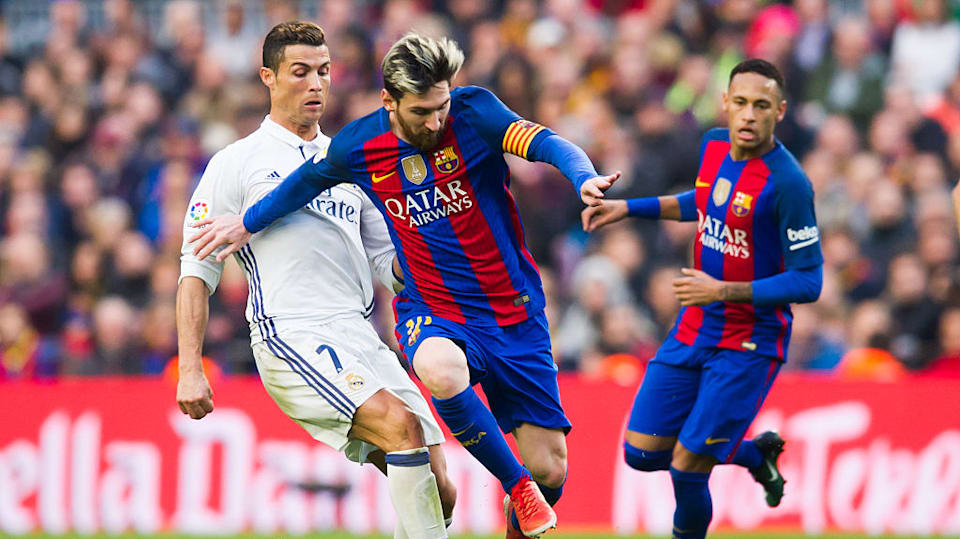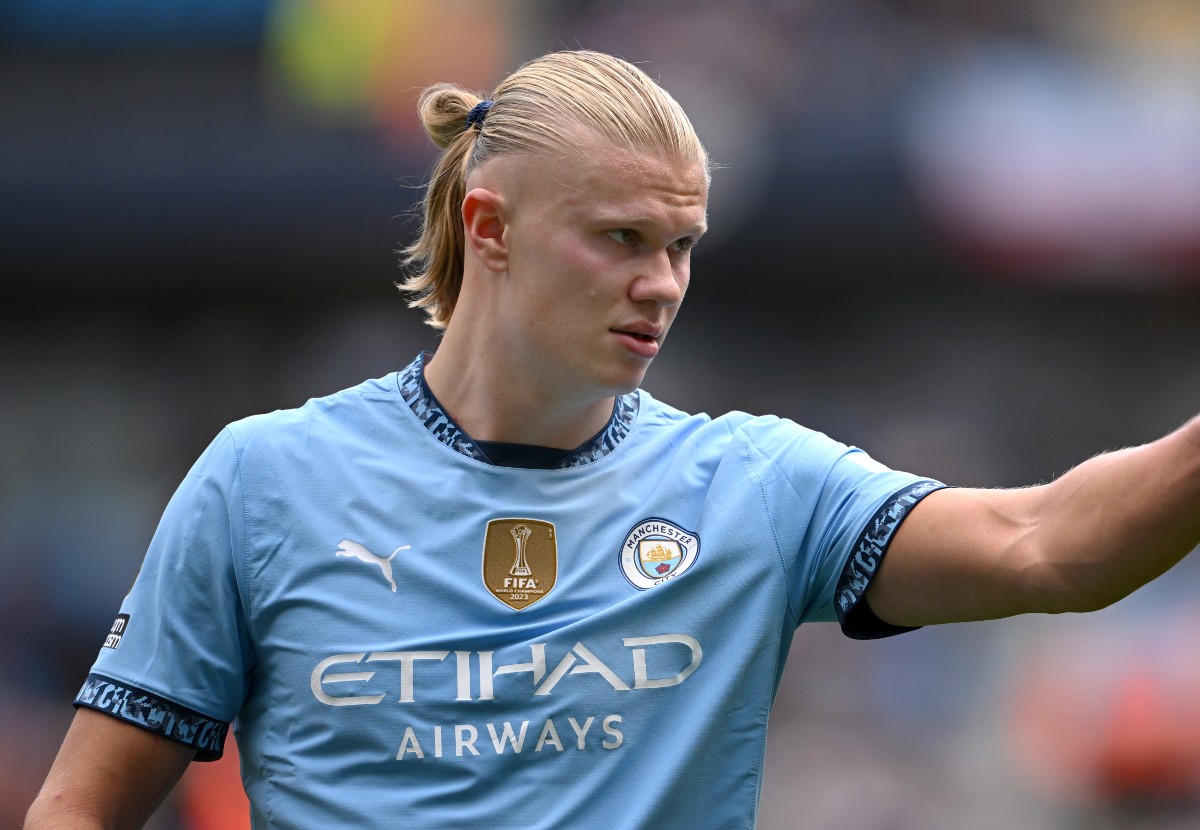El Clásico: A Tapestry of Passion, Politics, and Unrivalled Football
Few rivalries in the world of sports ignite the same level of fervor, transcend mere athletic competition, or carry the weight of centuries of history quite like El Clásico. More than just a football match, the clash between Real Madrid and FC Barcelona is a visceral representation of Spain’s complex identity, a battleground where regional pride, political ideologies, and unparalleled sporting excellence collide. It is a rivalry that has evolved from a nascent sporting contest into a global spectacle, captivating billions and etching itself into the very fabric of popular culture.
The Genesis: Sporting Roots and Emerging Identities (Early 20th Century)
The seeds of El Clásico were sown in the early 20th century, a period of burgeoning football popularity across Europe. The first recorded match between the two clubs took place on May 13, 1902, in the semi-final of the Copa de la Coronación (a precursor to the Copa del Rey), with Barcelona emerging victorious with a 3-1 win. In these formative years, the rivalry was primarily sporting, driven by the desire for national supremacy in the newly established football leagues.
However, even in its infancy, the distinct identities of the two clubs began to crystallize. Real Madrid, founded in the nation’s capital, soon adopted the "Real" (Royal) prefix and a crown on its crest, symbolizing its connection to the Spanish monarchy and the centralized power of Castille. FC Barcelona, on the other hand, quickly became a symbol of Catalan identity, a region with a distinct language, culture, and a long-standing desire for autonomy. Barcelona’s motto, "Més que un club" (More than a club), encapsulates its role as a cultural and political institution for the Catalan people, especially during periods of oppression.
As football grew in popularity, so too did the intensity of their encounters. Early Copa del Rey finals and nascent league titles became battlegrounds, but it was the political landscape of Spain that would truly imbue El Clásico with its profound, often bitter, undertones.
The Franco Era: A Dark Shadow and Enduring Resentment (1939-1975)
The Spanish Civil War (1936-1939) and the subsequent dictatorship of General Francisco Franco (1939-1975) cast a long and indelible shadow over El Clásico. Franco’s regime was characterized by extreme centralization and the suppression of regional identities, particularly those in Catalonia and the Basque Country. The Catalan language was banned, cultural expressions were stifled, and institutions representing regional pride were targeted.
In this oppressive climate, FC Barcelona became a powerful, albeit unofficial, symbol of Catalan resistance. Attending a match at Les Corts (Barcelona’s stadium before Camp Nou) was one of the few public spaces where Catalans could openly express their identity and speak their language without fear of immediate reprisal. The club, therefore, transcended its sporting purpose, becoming a beacon of hope and a defiant voice for a repressed nation.
Real Madrid, conversely, was often perceived, rightly or wrongly, as the regime’s club. While the relationship was more nuanced than a simple puppet-master dynamic, Real Madrid certainly benefited from the regime’s tacit support and was promoted as a symbol of a strong, unified Spain on the international stage. The perception that Real Madrid represented the oppressor and Barcelona the oppressed fueled a deep-seated animosity that transcended the football pitch.
The most infamous incident of this era, and perhaps one of the most contentious moments in El Clásico history, occurred in the 1943 Copa del Generalísimo semi-final. After Barcelona won the first leg 3-0, Real Madrid won the second leg 11-1 in a match widely believed to have been influenced by intimidation from state security forces. While the full truth remains debated, the event cemented Barcelona’s narrative of victimhood and Real Madrid’s image as the regime’s favored team, embedding a layer of political resentment that continues to echo today.
The highly controversial transfer of Alfredo Di Stéfano in 1953 further exacerbated tensions. Both clubs claimed to have signed the Argentine superstar, leading to a convoluted dispute that ultimately saw Di Stéfano play for Real Madrid. He went on to become the cornerstone of Real Madrid’s legendary team that won five consecutive European Cups, a period of unparalleled dominance that only deepened Barcelona’s sense of injustice.
Post-Franco and the Rise of Global Stardom (1970s-1990s)
With the death of Franco in 1975 and Spain’s transition to democracy, the overtly political dimension of El Clásico began to recede, though never fully disappear. The rivalry shifted back towards a more purely sporting contest, albeit one still deeply rooted in historical animosity.
The late 1980s and 1990s saw a new era of global football superstars enter the fray, elevating the quality and international appeal of El Clásico. Johan Cruyff, first as a player and then as an revolutionary coach for Barcelona, instilled a philosophy of "Total Football" and possession-based play that would come to define the club’s identity. His "Dream Team" of the early 1990s, featuring players like Romário, Hristo Stoichkov, and Pep Guardiola, captured four consecutive La Liga titles and the club’s first European Cup, challenging Real Madrid’s long-held dominance.
Real Madrid, not to be outdone, had its own galaxy of stars and periods of success, epitomized by "La Quinta del Buitre" (The Vulture’s Cohort) in the mid-to-late 1980s, led by Emilio Butragueño. The constant ebb and flow of power, the dramatic individual duels, and the high stakes of La Liga and Champions League encounters ensured El Clásico remained the undisputed jewel in Spanish football’s crown.
One of the most emotionally charged transfers in the history of the rivalry occurred in 2000 when Luís Figo, Barcelona’s captain and talisman, made a controversial move to Real Madrid. His return to Camp Nou in a Real Madrid shirt was met with an almost unprecedented level of hostility, including a pig’s head being thrown onto the pitch, symbolizing the betrayal felt by the Catalan faithful. This incident underscored the deep emotional investment fans had in the rivalry and the unforgiving nature of the transition between the two clubs.
The Modern Era: Messi vs. Ronaldo and Unprecedented Global Reach (2000s-Present)
The 21st century ushered in the golden age of El Clásico, transforming it into an unparalleled global phenomenon. The rivalry reached its zenith with the epic individual contest between Lionel Messi for Barcelona and Cristiano Ronaldo for Real Madrid. For nearly a decade (2009-2018), these two titans of the game pushed each other to unimaginable heights, breaking goal-scoring records, dominating individual awards, and leading their respective teams to an astonishing haul of domestic and international trophies.
Their personal duel became the defining narrative of El Clásico. Every match was not just a clash of two footballing giants, but a direct comparison between two of the greatest players in history. Their presence elevated the rivalry’s commercial appeal and viewership to unprecedented levels, attracting billions of eyeballs worldwide.
Tactically, this era also saw fascinating battles, most notably between Pep Guardiola’s revolutionary Barcelona side, famous for its "tiki-taka" possession football, and José Mourinho’s pragmatic and often confrontational Real Madrid. These managerial clashes added another layer of intrigue, with their intense rivalry often spilling over into mind games and heated press conferences.
While Messi and Ronaldo have now departed their respective clubs, the legacy of their era continues to shape El Clásico. The matches remain high-octane affairs, featuring world-class talent, dramatic comebacks, and moments of breathtaking skill. The rivalry has continued to expand its global footprint, with both clubs boasting massive international fan bases and lucrative commercial ventures.
Beyond the Pitch: Cultural, Economic, and Social Impact
El Clásico’s influence extends far beyond the 90 minutes of a football match. Economically, it is a powerhouse, generating immense revenue through broadcasting rights, sponsorship deals, merchandise sales, and tourism. Both Real Madrid and Barcelona are among the wealthiest and most valuable sports clubs in the world, largely due to the enduring appeal of this rivalry.
Culturally, El Clásico serves as a periodic barometer of Spain’s internal dynamics. While the overt political tensions of the Franco era have subsided, the match still evokes strong regional pride and can reflect contemporary political sentiments, particularly regarding Catalonia’s push for independence. It is a moment when families and friends are divided, not just by team allegiance, but sometimes by deeper ideological lines.
Socially, the anticipation for El Clásico grips Spain for weeks leading up to the match. Debates rage in cafes, newspapers, and online forums. The outcome of the match can dictate the mood of an entire city for days, offering either jubilation or despair. It is a shared experience that unites and divides, a powerful cultural touchstone that transcends generations.
Conclusion: An Enduring Legacy
From its humble beginnings as a local football contest, El Clásico has evolved into a global phenomenon, a unique tapestry woven from threads of sporting excellence, deep-seated political history, cultural identity, and unbridled passion. It is a rivalry that embodies the very best of football – the skill, the drama, the tactical ingenuity – while simultaneously reflecting the complex historical and social narratives of Spain.
As football continues to globalize and evolve, the El Clásico rivalry remains a constant, a fixed point in the ever-shifting landscape of the beautiful game. Its history is a testament to the enduring power of sport to encapsulate, reflect, and even shape human drama. As long as Real Madrid and FC Barcelona exist, El Clásico will continue to be more than just a match; it will remain a living, breathing testament to a rivalry unparalleled in its intensity, significance, and global appeal.



